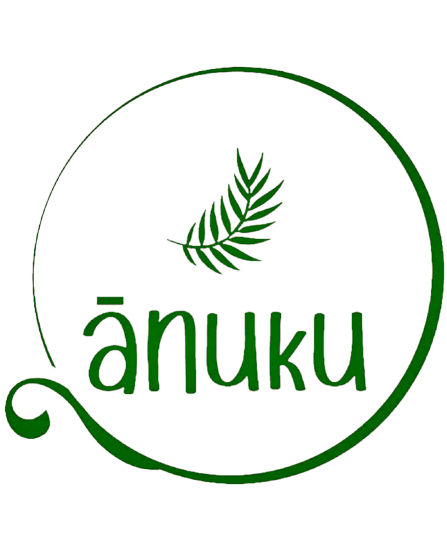Kawakawa
Kawakawa has been used in traditional rongoā māori for centuries. Kawakawa leaves contains a component called myristicin which helps trigger the release of nitric oxcide from cells. The release of nitric oxcide is the bodys’ anti-inflammatory response which means kawakawa aids in the body’s in responding to inflammation. Soothing and calming Kawakawa helps reduce the appearance of blemishes, rashes and skin conditions such as eczema or psoriasis. The anti-inflammatory response can be so strong that it actually produce a numbing affect which is why the leaves can be chewed to relieve toothache.
Kawakawa leaves were traditionally used to brew herbal remedies or wai rākau(concoctions). A dissolution of leaves in hot water would bring out the flavours, aromas and rongoā. Traditionally the tea was drunk to help with the digestive system. The leaves were also turned in a poultice and applied topically to treat skin abrasions and ailments. It is an incredibly medicinal and healing plant of the New Zealand bush.
Kawakawa(macropiper excelsum) is a herbaceous plant with knee like joints and branching stems native to Aotearoa. It has dark green heart shaped rāu(leaves), and can sometimes have a gloss. There are a few different species of macropiper, one which comes from Rangitāhua(The Kermadec Islands) and another comes from Manawatāwhi(Three Kings Island).
The habitat of the kawakawa plant is the coastal and lowland forests of the Te Ika-a-Māui(North Island)and the northern half of Te Waipounamu(South Island). This is because it prefers a moist rich & free-draining soil in a semi-shade to shade position. It will tolerate an open windy situation but is frost tender. Kawakawa will often be found growing beneath the canopy of larger plantings such as Kāuri and Pūriri, as the kawakawa plant does not require much light to flourish.
The kawakawa plant is edible, the heart shaped leaves have a peppery bitter taste. Stunning ripe orange berries which also make a delicious sweet snack.
Here at Ānuku we use kawakawa in many different forms both in our products and in our personal lives, from a simple tea to, cold infused oils, hot infused oils, dried leaves, powder leaves, wai rākau(decoction). It is a staple in our whare(house).

